Unlocking the Universe With AI and Next-Gen Telescopes
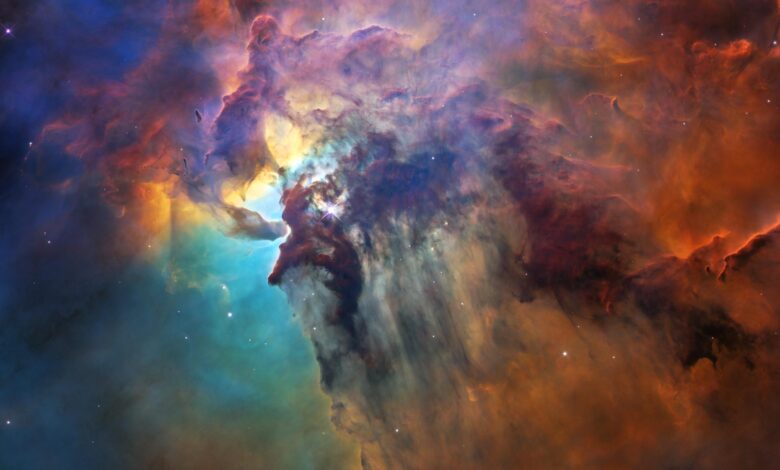
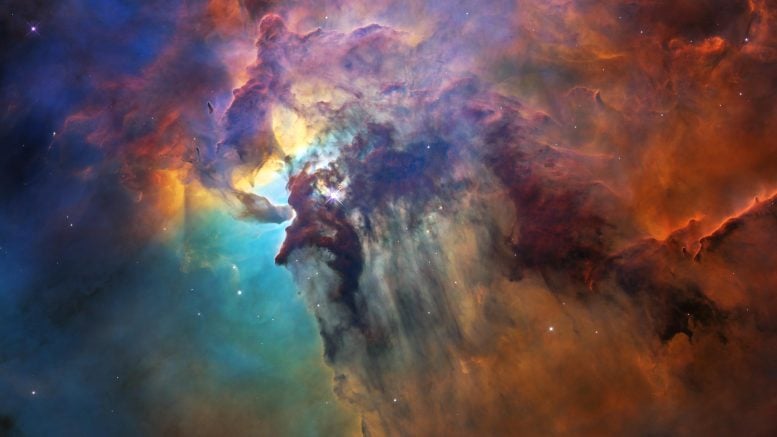
Modern astrophysics has enabled scientists to observe the universe with unprecedented clarity, from exoplanets to entire galaxies.
Despite our galaxy blocking some views, advanced tools like the James Webb Space Telescope and upcoming projects such as the Square Kilometre Array are pushing the boundaries of our cosmic understanding. Visualization techniques help researchers explore the universe in both space and time, revealing phenomena like fast radio bursts. Looking ahead, scientists hope to capture images of distant exoplanets and unravel mysteries such as dark energy and the expansion of the universe.
Observing the Universe: From Exoplanets to Galaxies
Today, scientists are able to observe an exoplanet orbiting its star, an individual galaxy and even the entire universe. “The universe is actually mostly empty space,” says Jean-Paul Kneib, a professor at EPFL’s Laboratory of Astrophysics. “There isn’t much that’s hidden.” The key is to know what you’re looking for, build the right instrument, and look in the right direction. And then to do a little housekeeping.
“Our galaxy sits in the foreground of our field of vision, blocking our view beyond it,” explains Kneib. “So if we want to map hydrogen in the early universe, for example, we first have to model this entire foreground then remove it from our images until we obtain a signal a million times smaller than the one emitted by the Milky Way.”
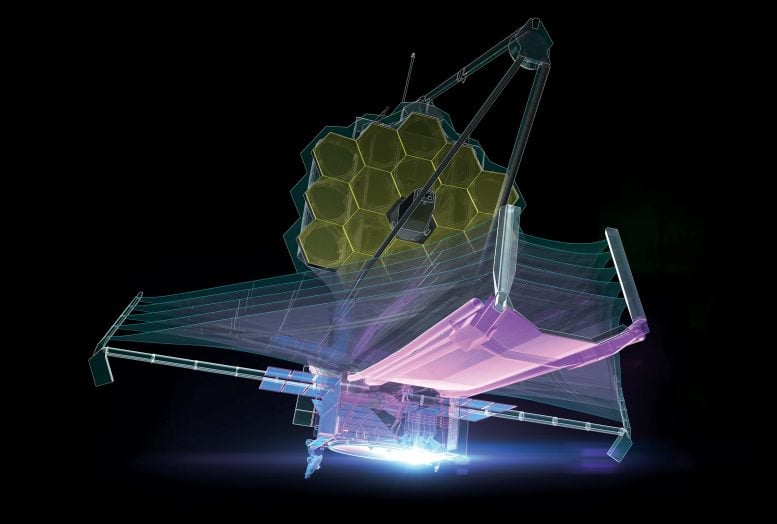
Revolutionary Instruments and Their Future Impact
Galileo could draw only what he saw with his telescope. But today, astronomers can see the universe in its entirety, right back to its very beginnings. This is largely because of rapid advancements in the instruments they use. And more developments are expected in the years ahead. The James Webb Space Telescope (JWST), launched in December 2021, aims to observe events that happened 13 billion years ago when the first stars and galaxies were forming.
The Square Kilometre Array (SKA) radio telescope – currently under construction and scheduled for completion by the end of the decade – will look back even further to a time when there were no stars and the cosmos contained mainly hydrogen – the element that makes up 92% of all atoms in the universe.
“An easy way to detect this gas is to operate in the radio frequency range, which is exactly what the SKA will do,” says Kneib. “The aim is to detect a signal a million times smaller than the foreground signals.”
Another project in the pipeline is the Laser Interferometer Space Antenna (LISA), run by the European Space Agency (ESA). Scheduled for launch in 2035, the antenna will observe gravitational waves, shedding light on the growth of black holes and possibly the waves created just after the Big Bang.
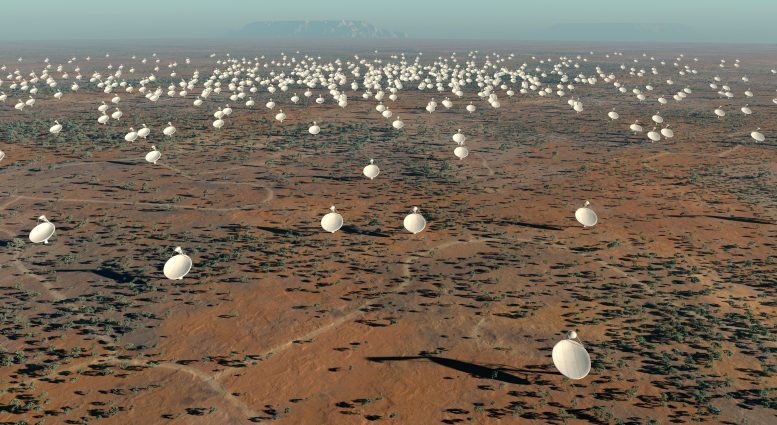
Digital Catch-Up: The Role of AI and Computing in Astronomy
These new instruments wouldn’t be so enlightening without advancements in other fields. “As things stand, we don’t have the software to process data from the SKA,” says Kneib, who’s confident that we’ll get there eventually thanks to progress in computer and computational science, artificial intelligence (AI) and processing power. AI is invaluable for sorting through vast quantities of data to find an interesting anomaly and for calculating the mass of galaxies, for example.
“Scientists can use the gravitational lensing effect, whereby a large object bends light from a distant source, to calculate the mass of galaxy clusters to within a range of one percent, just as if they were using a scale,” explains Kneib. “And we can train AI models to spot distortions in images caused by gravitational lenses. Given that there are probably 200 billion galaxies in the universe, that’s a huge help – even if we can measure the mass of only one galaxy in every thousand.”
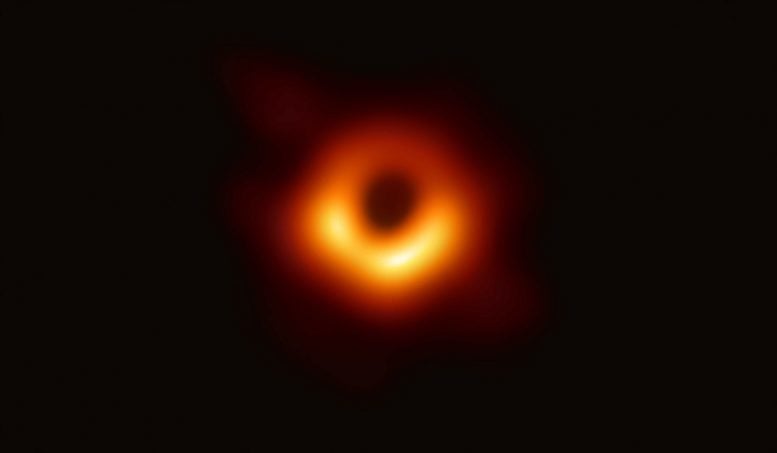
The Reality Behind Digital Images of the Cosmos
But do the images we see depict what’s really out there? A famous image published in 2019 showed a donut-shaped ring of light surrounding a black hole. Would we actually see that ring if we got close to it? “It wasn’t an optical photo,” says Kneib.
“It was a purely digital rendering. In order to accurately observe the millimeter-wavelength signals emitted by the black hole, scientists had to combine multiple ground-based telescopes to create one roughly the size of the globe. The image was then reconstructed via interferometry [a measurement method using wave interference]. But the image nevertheless represents a real signal, linked to the amount of matter in the dust cloud surrounding the black hole. In simple terms, the dark part is the black hole and the lighter part is the matter orbiting it.”
The Importance of Visualization in Modern Astronomy
“Calculations are only part of the equation in astronomy – you need to be able to visualize things, which also helps you check that your calculations are correct,” says Kneib, who is capable of reading the majestic image of the Lagoon Nebula, situated 4,000 light-years away, like a book.
“That image was produced using optical observations at different wavelengths to depict the various gases. Of course, there was a bit of artistry involved in enhancing the colors. But the image also has a great deal of significance for physicists. The colors indicate the presence of different gases: red for hydrogen, blue for oxygen and green for nitrogen. The compact, black areas contain large quantities of dust. These are typically the regions where stars form.”
Probing the Universe in Four Dimensions: Space and Time
Visualization is especially important when observing objects in more than two dimensions. “By studying the cosmos in three dimensions, we’re able to measure the distance between celestial objects,” says Kneib. In early April, scientists working on the Dark Energy Spectroscopic Instrument (DESI) project – including astrophysicists from EPFL – announced they had created the largest ever 3D map of the universe’s galaxies and quasars.
But that’s not all: researchers are also studying the universe in the fourth dimension – time – and, in doing so, opening up incredible possibilities for observing bright yet fleeting phenomena. “For example, we don’t really understand the origin of fast radio bursts, which are incredibly bright blasts of electromagnetic radiation that last only a few seconds at most, and sometimes just a fraction of a millisecond,” says Kneib.
The Quest for Extraterrestrial Life and Cosmic Mysteries
Will we ever find life on an exoplanet? Kneib replies: “With infrared interferometry, there’s a very real prospect that we could take a photo of a planet orbiting around another star. The image would likely be blurry, but we’d be able to observe and characterize features such as clouds and structural variations on the planet’s surface. That’s definitely a possibility, maybe 20 or 30 years from now.”
When it comes to some fundamental questions, however, we’re unlikely to find the answers through imaging alone. Why is the universe expanding at an accelerating rate? Is it because of dark energy? Why is 80% of matter invisible? Are we completely wrong about gravity? Future generations of astrophysicists will keep their eyes trained on the skies or glued to their screens as they try to unravel the deepest mysteries of our universe.
Source link



